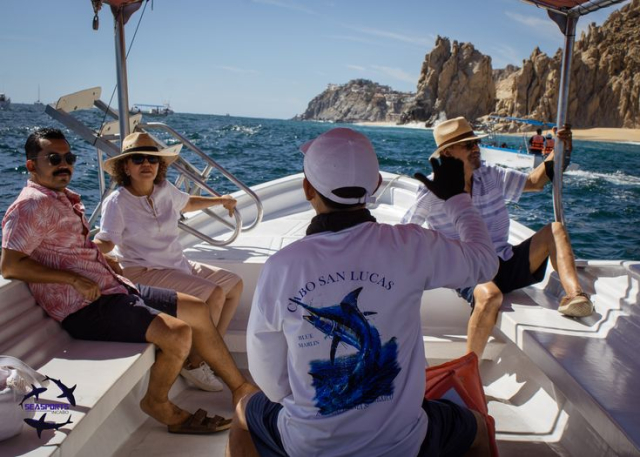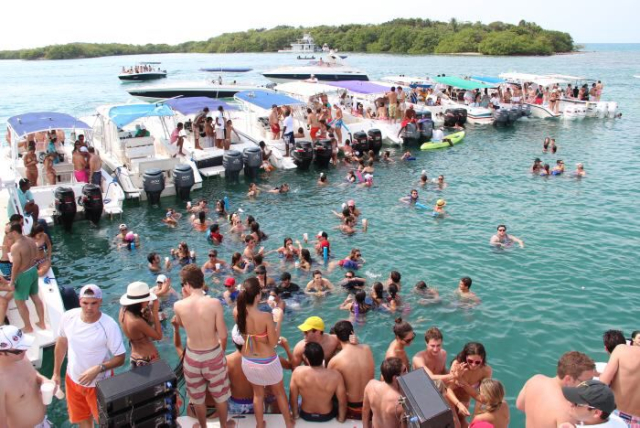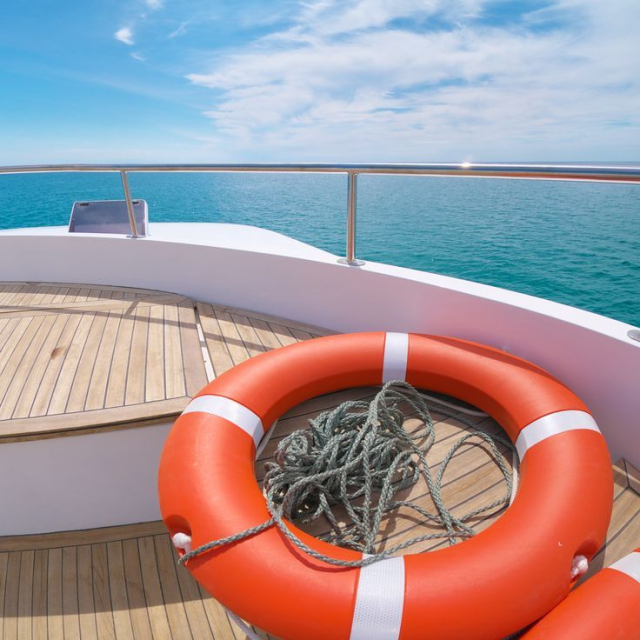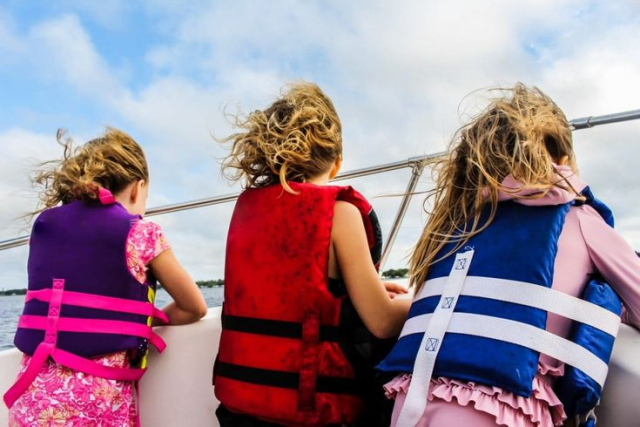Enjoying a walk in the sea is an incomparable experience that evokes a feeling of freedom and tranquility . The infinite beauty of the water, the salty breeze caressing the skin and the possibility of exploring destinations that are not accessible by land make sailing a truly unique activity . But beyond the scenic beauty, sailing offers a series of benefits ranging from physical and emotional well-being to the creation of unforgettable memories. In this world full of stress and constantly connected, a trip at sea allows you to disconnect, renew energy and connect with nature in a way that few other experiences can match, whether if you rent a boat or if you want to do nautical experiences. In this article, we will explore how to safely enjoy a walk at sea, making the most of all the gifts this unique environment has to offer.
You may also be interested in: Tips for renting a yacht
Safety recommendations at sea
Safety at sea is of vital importance in all activities related to the maritime field. It is essential to ensure the protection of people and resources, as this not only prevents possible accidents, but also preserves the environment. Therefore, it is necessary to emphasize that maritime safety is not only about preventing accidents, but also about properly managing risks and being prepared for any eventuality.
Some basic but important tips when it comes to your experience on boats or with nautical activities are:

- Recognize your boat and crew: If you rent a boat, it is essential that you know the name or model of the boat and some characteristics of it such as its color, this could be useful to identify it yourself or if you need other people to help you. Likewise , it is important that you know the crew , their names and, if possible, identify features such as the clothes they are wearing or some physical appearance.
- Listen carefully to the captain's instructions: Before setting sail and during the tour, the captain may provide key recommendations to avoid any accident on the boat that could affect the physical integrity of the passengers and/or the correct operation of the boat, for example. For example, do not make sudden movements while in the open sea and make correct use of the toilets to prevent them from getting stuck and preventing their operation.
You may also be interested in: Rules for using a yacht in Spain

- Ask for details of the place where you are going: If you do not have knowledge about the beach or island where they are going on their tour, you can ask the crew so that you know if it is very crowded, if its waters are very deep, if it is safe to go with children and other aspects that may be necessary for your time there.
- Always carry your safety: Always have motion sickness medicine, wound patches (band-aids), sunscreen or other items among your things in case you are with children, older adults or people who require special care.
You may also be interested in: Avoid seasickness at sea or also called “sea sickness”

- Identify safety elements on the boat and on the beach: it is essential that you have knowledge of the safety elements on the boat such as life jackets, fire extinguishers, lifebuoys and first aid kit . Likewise, identifying the local lifeguards will be important in case it is necessary to go to them.
- Share your itinerary with someone: having another person, apart from your group, know where you will be will always be a recommendation to take into account.
- Drink enough water: Stay hydrated while you're in the sun and in the water. Heat and physical activity can lead to dehydration.
You may also be interested in: Business events on board
- Observe beach warnings: Pay attention to flags and signs on the beach indicating sea conditions and dangerous areas for swimming.
- Respect for the Environment: Respect the marine environment. Don't throw trash in the water and avoid damaging coral reefs and other sensitive ecosystems.
We invite you to take a look at other articles at: https://yate.co/es/blog


